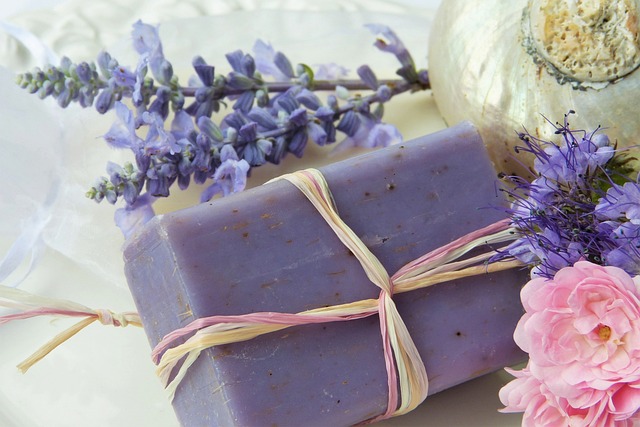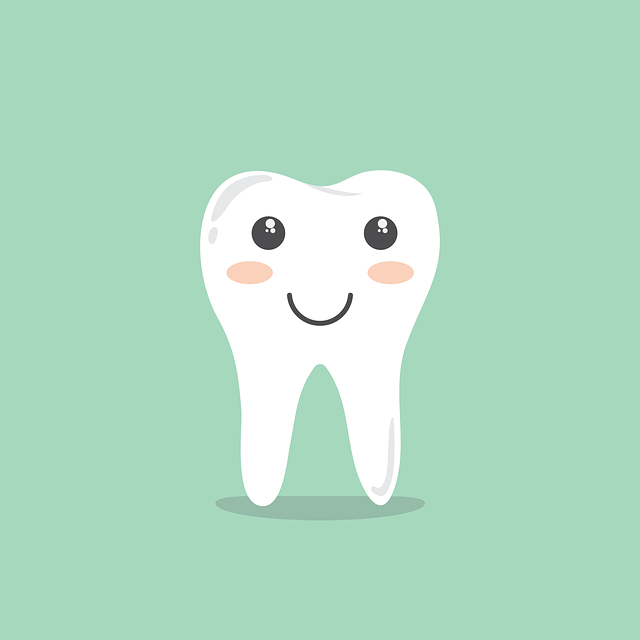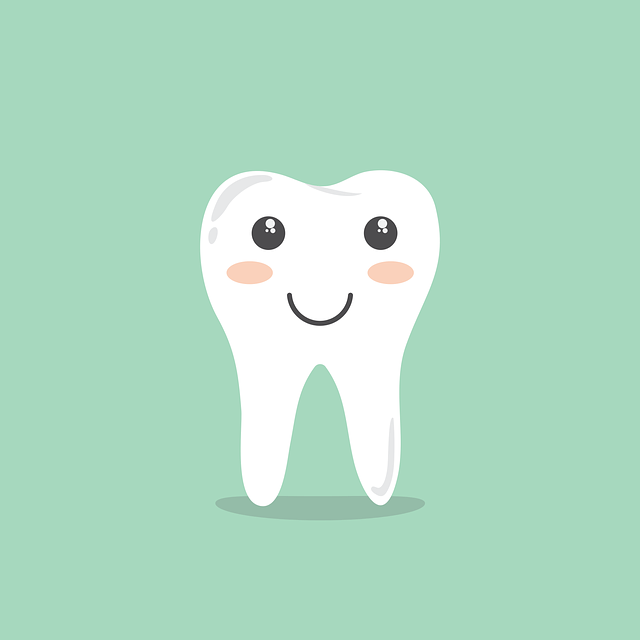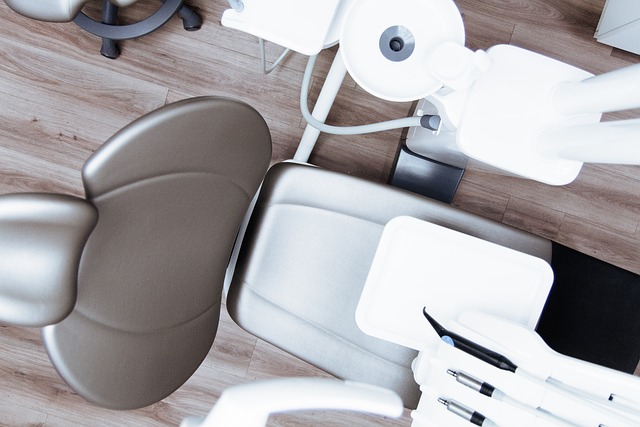How to Make Your Retainer Fit Again at Home: Easy Tips
Are you struggling with a retainer that no longer fits comfortably? Don’t worry, there’s no need to rush to the orthodontist just yet. With a few simple tips and tricks, you can easily make your retainer fit again in the comfort of your own home. In this article, we will guide you through a step-by-step process to help you achieve a snug fit for your retainer, ensuring your smile stays perfectly aligned. So, let’s dive in and discover how to bring back the perfect fit to your retainer without any hassle.
1. Understanding the Importance of a Properly Fitting Retainer
Properly fitting retainers play a crucial role in maintaining the results of orthodontic treatment. They are custom-made appliances that help keep your teeth in their new positions and prevent them from shifting back. is essential to ensure the long-term success of your orthodontic treatment.
Here are some key reasons why a properly fitting retainer is so important:
- Prevents relapse: After braces or aligners are removed, the teeth have a natural tendency to shift back to their original positions. Wearing a retainer helps hold your teeth in their new positions and prevents relapse, ensuring that your smile remains straight and beautiful.
- Protects investment: Orthodontic treatment requires time, effort, and financial investment. A properly fitting retainer helps protect this investment by maintaining the results achieved through orthodontic treatment. It helps preserve the alignment and positioning of your teeth, ensuring that you continue to enjoy the benefits of your orthodontic journey.

2. Identifying the Signs of a Retainer That Doesn’t Fit Anymore
When it comes to retainers, it is crucial to be able to identify the signs that indicate it no longer fits properly. Here are some key indicators to look out for:
- Pain or discomfort: If wearing your retainer becomes painful or uncomfortable, it could be a sign that it no longer fits correctly. Discomfort may be felt in the teeth, gums, or jaw.
- Movement or shifting of teeth: One of the main purposes of a retainer is to maintain the alignment of your teeth. If you notice any movement or shifting, it may be a clear indication that your retainer is no longer doing its job effectively.
- Gaps or spaces between teeth: If you start to see gaps or spaces between your teeth that were not there before, it may be a sign that your retainer is not fitting properly. These gaps can occur due to the shifting of teeth.
Remember, a retainer that doesn’t fit anymore can lead to unwanted dental issues or a relapse in the alignment of your teeth. If you notice any of these signs, it is important to consult your orthodontist as soon as possible. They will be able to assess the situation and provide you with the necessary adjustments or replacements to ensure your teeth stay in their proper position.

3. Easy Steps to Adjust Your Retainer at Home
Adjusting your retainer at home can save you time and money. Here are three easy steps to help you get started:
1. Inspect your retainer: Begin by examining your retainer for any signs of damage or wear. Look for cracks, chips, or loose wires. If you notice any issues, it’s best to consult your orthodontist before attempting any adjustments.
2. Warm water soak: Fill a bowl with warm water and gently place your retainer in it. Let it soak for a few minutes to soften the material. This step makes it easier to adjust the retainer without causing any damage.
- 3. Gradual adjustments: Once your retainer is soft, use a clean finger or a cotton swab to apply gentle pressure to the areas that require adjustment. Avoid using excessive force, as it may lead to further damage. Make small adjustments and test the fit frequently, so you don’t over-adjust.
- 4. Test the fit: After making the necessary adjustments, try on your retainer to test the fit. Ensure it feels comfortable and snug against your teeth. If there are any areas that still feel uncomfortable or tight, repeat the process of soaking and adjusting until you achieve a proper fit.
Remember, adjusting your retainer at home should only be done if you feel confident and have the necessary tools. If you’re unsure or encounter any difficulties, it’s always best to consult your orthodontist for professional assistance.

4. Ensuring a Comfortable Fit: Tips for Proper Retainer Adjustment
When it comes to wearing a retainer, achieving a comfortable fit is crucial for both effectiveness and overall comfort. Here are some valuable tips to help you properly adjust your retainer:
- Start with clean hands: Before handling your retainer, ensure your hands are thoroughly clean. This helps prevent any unwanted bacteria from transferring to your retainer and ultimately your mouth.
- Take it slow: Adjusting your retainer should be done gradually. Avoid forcing the retainer into place as it may cause discomfort or damage. Instead, make small adjustments and allow your mouth to adapt over time.
- Pay attention to pressure points: As you adjust your retainer, pay close attention to any pressure points or areas of discomfort. If you notice any, make slight modifications to the fit until the pressure is evenly distributed.
- Check for proper alignment: Ensure that your retainer aligns properly with both your upper and lower teeth. If the fit feels uneven or off, consult with your orthodontist for adjustments.
Remember, wearing a retainer is an essential part of maintaining the results achieved through orthodontic treatment. By following these adjustment tips, you can ensure a comfortable fit that promotes proper dental alignment and a confident smile.

5. Maintaining the Longevity of Your Retainer with Regular Care
Regular care is essential for maintaining the longevity of your retainer. Follow these tips to ensure your retainer stays in top condition:
- Clean your retainer daily: Use a soft toothbrush and non-abrasive toothpaste to gently brush your retainer. This will help remove any plaque or bacteria buildup that may occur throughout the day.
- Avoid hot water: Exposing your retainer to hot water can cause it to warp or lose its shape. Always use lukewarm water when cleaning or rinsing your retainer.
- Store your retainer properly: When not in use, keep your retainer in its case. This will protect it from damage and prevent it from getting lost or accidentally thrown away.
- Keep away from pets: Pets are naturally curious and may mistake your retainer for a chew toy. Ensure your retainer is out of reach from pets to avoid any potential damage.
By following these simple care instructions, you can prolong the lifespan of your retainer and ensure it continues to provide the desired results. Remember, regular care is the key to maintaining a healthy and effective retainer.
6. Seeking Professional Help: When to Consult an Orthodontist
When it comes to your dental health, it’s essential to know when it’s time to seek professional help from an orthodontist. While some dental issues may seem minor, they can have long-lasting effects on your overall oral health if left untreated. Here are some situations where consulting an orthodontist is highly recommended:
- Crooked or misaligned teeth: If you notice that your teeth are not properly aligned or you have a crooked smile, it’s best to consult an orthodontist. They have the expertise to diagnose and provide appropriate treatment options, such as braces or aligners, to correct the alignment of your teeth.
- Difficulty chewing or speaking: If you experience difficulty while chewing or speaking, it might be due to misaligned teeth or jaw problems. An orthodontist can evaluate your condition and recommend treatment options that can improve your ability to chew and speak comfortably.
- Overbite or underbite: An improper bite, such as an overbite or underbite, can cause various dental problems and even affect your facial structure. Consulting an orthodontist can help identify the cause of these issues and provide appropriate solutions, such as braces or other orthodontic appliances, to correct the bite.
Remember, seeking professional help from an orthodontist is crucial to address dental issues effectively. They have the knowledge and tools to diagnose and provide the right treatment for your specific needs. Don’t hesitate to schedule a consultation if you notice any of these signs or if you have any concerns about your dental health.
7. Embracing a Healthy Smile: Retainer Fit and Its Impact on Oral Health
Retainer fit plays a crucial role in maintaining a healthy smile and optimal oral health. When it comes to orthodontic treatment, wearing a retainer is often the final step in ensuring that your teeth maintain their newly aligned position. However, it’s not just about wearing a retainer; it’s about ensuring that it fits properly. Here’s why retainer fit is so important:
1. Stability: A properly fitting retainer helps maintain the stability of your teeth after orthodontic treatment. It holds your teeth in their corrected position, preventing them from shifting back to their original misaligned state. This is especially important in the first few months after your braces are removed, as teeth tend to be more prone to movement during this time.
2. Comfort: A well-fitting retainer is comfortable to wear. It should not cause any pain or discomfort when placed in your mouth. If your retainer is too tight or loose, it can lead to soreness, irritation, and difficulty speaking or eating. A properly fitting retainer ensures that you can comfortably wear it for the recommended duration, allowing your teeth to remain in their desired position.
Frequently Asked Questions
Q: Why is it important to make your retainer fit again?
A: Ensuring that your retainer fits properly is crucial for maintaining the alignment of your teeth. Wearing a retainer that no longer fits can lead to teeth shifting out of place, potentially undoing the orthodontic work you’ve already had done.
Q: Can I make my retainer fit again at home?
A: Yes, you can make your retainer fit again at home with a few simple tips and techniques. However, it’s important to note that if your retainer is significantly damaged or broken, it’s best to consult with your orthodontist for professional assistance.
Q: What are some easy tips to make my retainer fit again?
A: One effective method is to soak your retainer in warm water for a few minutes to soften the plastic. Then, gently place it in your mouth and use your tongue and fingers to mold it into the desired shape. Another tip is to use a retainer adjustment kit, which includes tools specifically designed to help you adjust your retainer’s fit.
Q: Can I use DIY methods like heat or boiling water to adjust my retainer?
A: While DIY methods like heat or boiling water may seem tempting, it’s important to exercise caution. Exposing your retainer to extreme temperatures can cause irreversible damage, leading to a poor fit or even breakage. Stick to safer methods like warm water soaking or using a retainer adjustment kit.
Q: How long should I wear my retainer after making adjustments?
A: After successfully adjusting your retainer, it’s crucial to wear it consistently as instructed by your orthodontist. Typically, you’ll be advised to wear it full-time initially, gradually transitioning to nighttime-only use. Following these instructions diligently will help maintain the desired alignment of your teeth.
Q: What should I do if my retainer still doesn’t fit after attempting adjustments?
A: If your retainer still doesn’t fit properly after attempting adjustments at home, it’s advisable to contact your orthodontist for further guidance. They will be able to assess the situation and provide professional advice on how to address the issue effectively.
Q: How often should I check the fit of my retainer?
A: It’s recommended to periodically check the fit of your retainer, especially if you notice any discomfort or if it feels loose. Regularly inspecting your retainer will help catch any changes in fit early on, allowing you to take prompt action to maintain the alignment of your teeth.
Q: Are there any additional tips to ensure my retainer fits properly?
A: Yes, there are a few additional tips to help ensure your retainer fits properly. Always handle your retainer with care to prevent any unnecessary damage. Keep it clean by regularly brushing it with a soft toothbrush and mild soap. Lastly, store your retainer in a protective case when not in use to protect it from accidents or damage.
Future Outlook
In conclusion, making your retainer fit again at home is a straightforward process that can save you time and money. By following these easy tips, you can ensure that your retainer fits comfortably and effectively:
1. Assess the fit: Start by determining the extent of the problem. If your retainer feels tight or loose, take note of the areas causing discomfort.
2. Clean thoroughly: Proper hygiene is essential for maintaining your retainer. Regularly clean it using a non-abrasive cleaner to remove any built-up residue.
3. Use warm water: When attempting to reshape your retainer, soak it in warm water to make the material more pliable and easier to adjust.
4. Gradual adjustment: Avoid forcing your retainer into a new shape all at once. Instead, make gradual adjustments by applying gentle pressure over time.
5. Seek professional help if needed: If you’re unable to make your retainer fit again or experience any significant issues, consult your orthodontist for assistance.
Remember, while these tips can be effective, it’s important to exercise caution and not attempt any drastic modifications that could damage your retainer. By taking proper care of your retainer and following these easy steps, you can ensure that it fits comfortably, allowing you to maintain a healthy smile.






